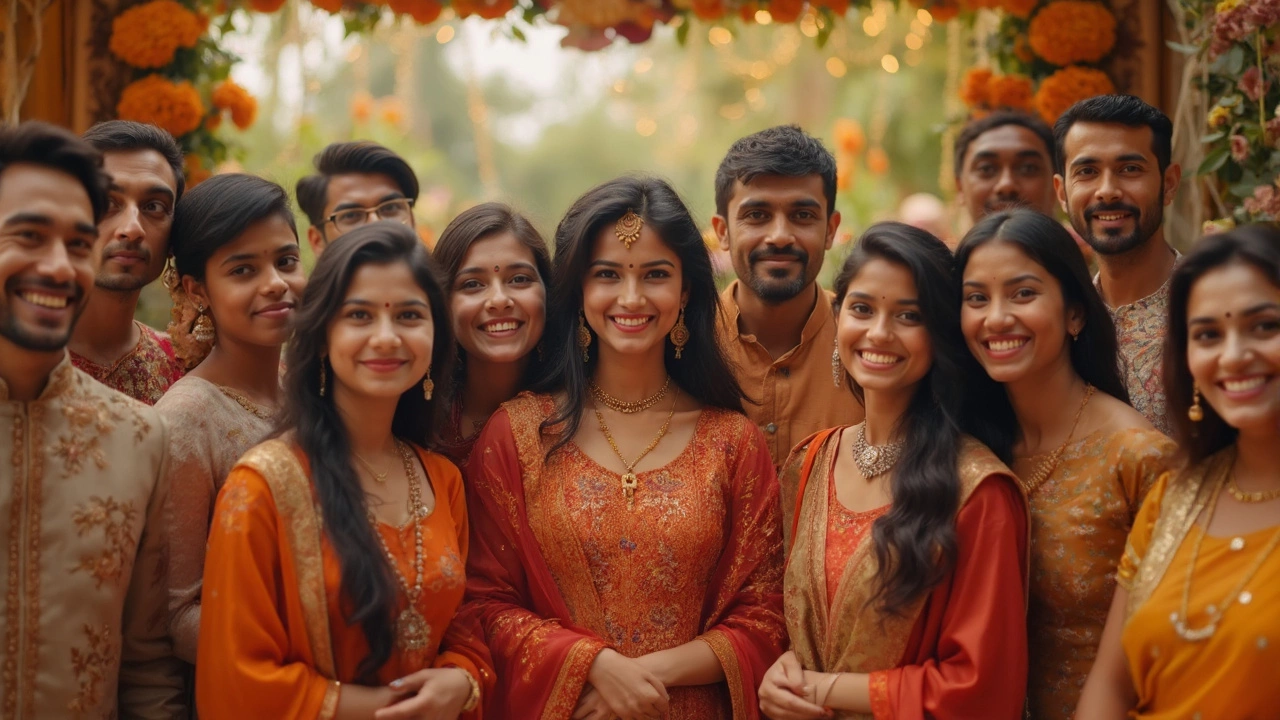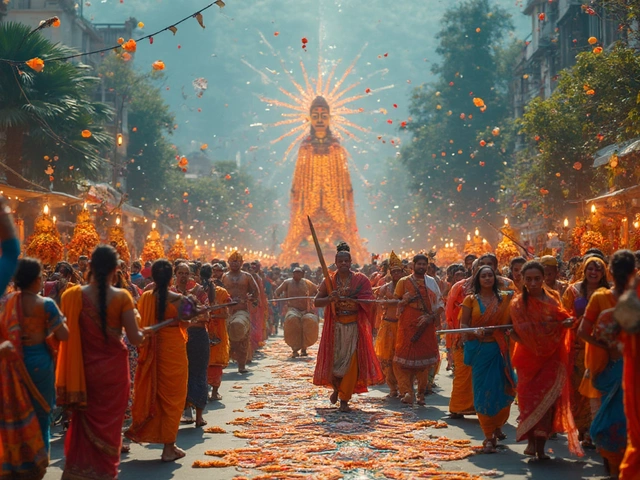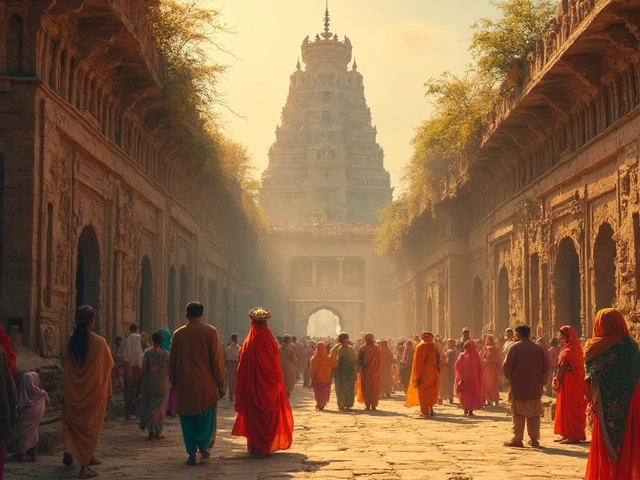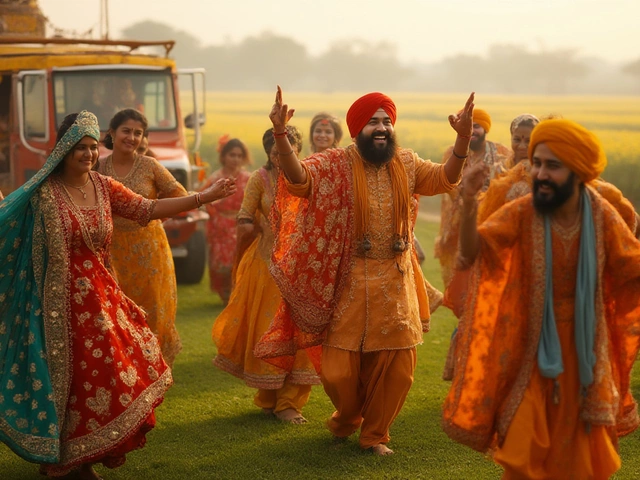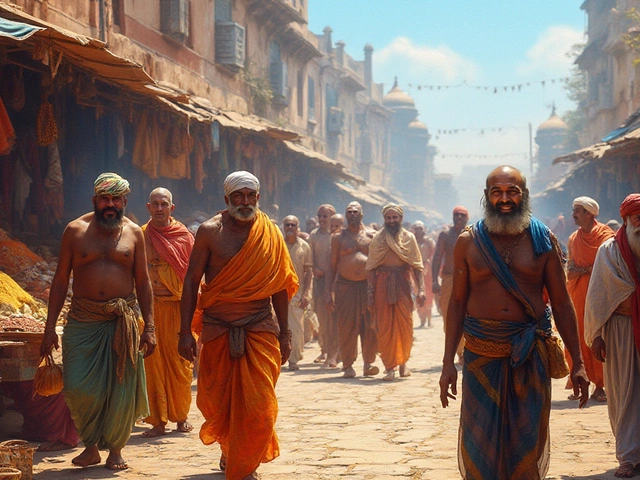Indian Wedding Outfits: What to Wear, Where to Wear It, and Why It Matters
When you think of an Indian wedding outfit, the elaborate, colorful attire worn by brides and grooms during traditional Indian wedding ceremonies. Also known as bridal wear or wedding ethnic wear, it’s not just clothing—it’s a living expression of region, religion, family status, and centuries of craft. A bride in Punjab might wear a heavy red lehenga with gold zari, while a bride in Kerala could be in a crisp white-and-gold kasavu sari. These aren’t fashion choices—they’re cultural statements.
What you wear to an Indian wedding isn’t just about looking good. It’s about respecting the occasion. In North India, the bridal lehenga, a long, embroidered skirt paired with a fitted choli and dupatta, often worn by Hindu brides is the gold standard. In the South, the silk sari, a six-to-nine-yard draped garment, often in Kanjivaram or Banarasi silk, worn by brides across Tamil Nadu, Karnataka, and Andhra Pradesh carries the weight of heritage. For grooms, the sherwani, a long, tailored coat worn over a kurta and churidar, commonly seen in North Indian and Muslim weddings isn’t just formal—it’s ceremonial. Each piece is stitched with meaning: red for prosperity, gold for luck, silk for purity, and embroidery that tells family stories.
And it’s not just the bride and groom. Guests have rules too. You can’t just show up in jeans. At many weddings, especially in rural areas or traditional families, showing legs—even a little—is frowned upon. That’s why you’ll see women in long kurtas or flowy palazzos, and men in kurta-pajamas or bandhgalas. The Indian wedding dress code isn’t about restriction—it’s about belonging. Even if you’re not Indian, wearing something respectful shows you honor the culture. A simple silk scarf over your shoulders or a muted pastel outfit can go a long way.
Regional differences matter more than you think. A Gujarati bride might wear a chaniya choli with mirror work, while a Bengali bride wears a red-and-gold tant sari with intricate jaal work. In Rajasthan, brides wear heavy silver jewelry that weighs down their brows. In the Northeast, weddings blend tribal patterns with modern silhouettes. There’s no single "Indian" wedding outfit—there are dozens, each tied to a village, a community, a lineage.
What you’ll find in the posts below are real, practical guides to navigating this world. You’ll learn what to wear as a guest, why certain colors are avoided, how to tell a lehenga from a sherwani, and how to dress respectfully without losing your own style. Whether you’re attending your first Indian wedding or just curious about the fabrics, colors, and customs behind the glitter—this collection has you covered. No fluff. Just clear, honest advice from people who’ve been there.
